#Python串列 .reverse() .sort() .remove() .pop()
list2=[1,2,3,10,5]
#list是Python語法,盡量不要做變數名稱
#所以用list1, list2
print(list2.reverse())
#.reverse()本身傳回空值
print(list2)
# 已經將原數列反轉
print(list2.sort())
#.sort()本身傳回空值
print(list2)
# 已經將原數列排序
print(list2.remove(1))
#.remomve本身傳回空值
print(list2)
# 原數列已經刪除1
print(list2.pop(0))
# .pop本身傳回被刪除的元素
print(list2)
# 原數列已經刪除2
“””
以上都很容易誤會
會傳回反轉/排序/刪除後的數列
需回去找原數列
TQC 708 辭典合併dict1.update(dict2)也是一樣
dict3 = dict1.update(dict2)
dict3會是空值None
要找的仍是dict1
“””
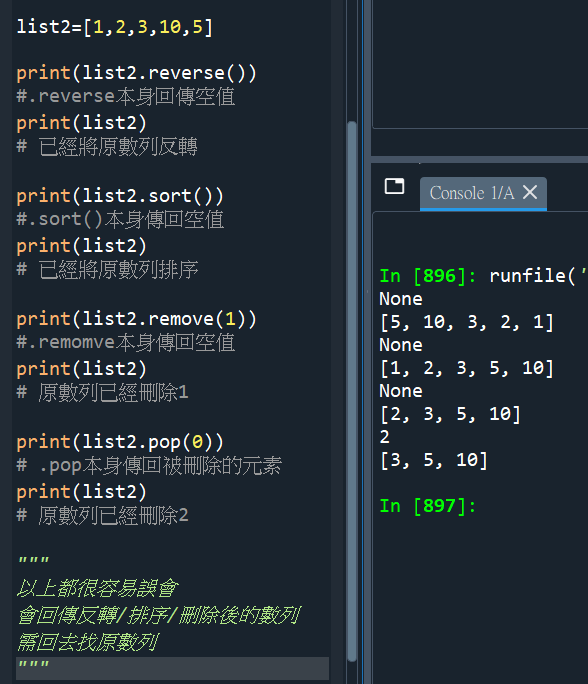
list中若有兩個以上的相同元素
一次remove()只能移除一個
可用以下語法:

“””
但是string.replace(old,new)
就真的跟以上不同
回傳的是replace後的資料
“””
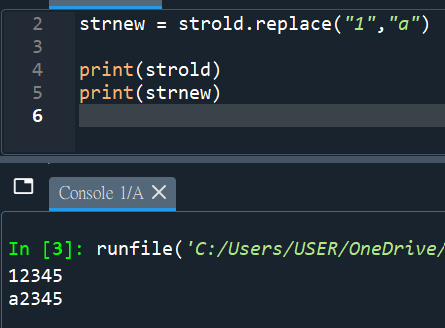
“””
字串類的 .命令,都是回傳
執行命令後的結果
list , dict的 .命令
常回傳None
要回去找原list, dict
“””
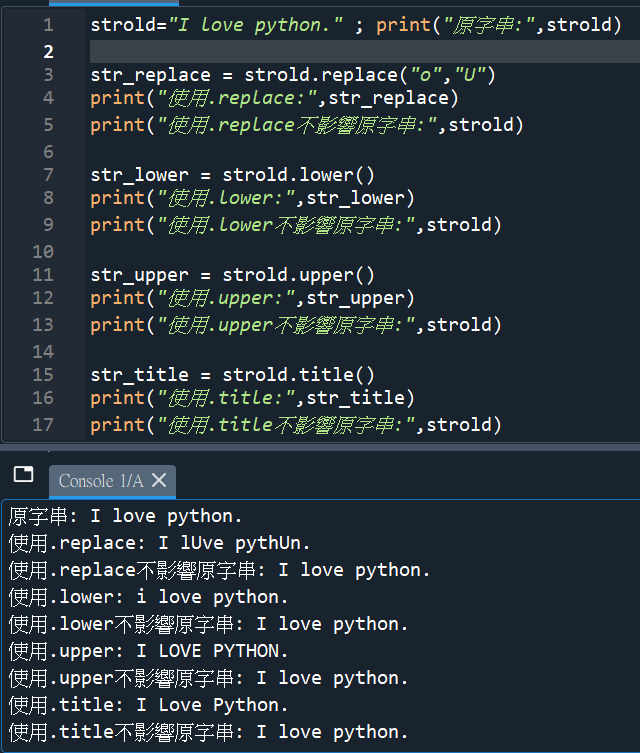
#再示範一次list.remove():
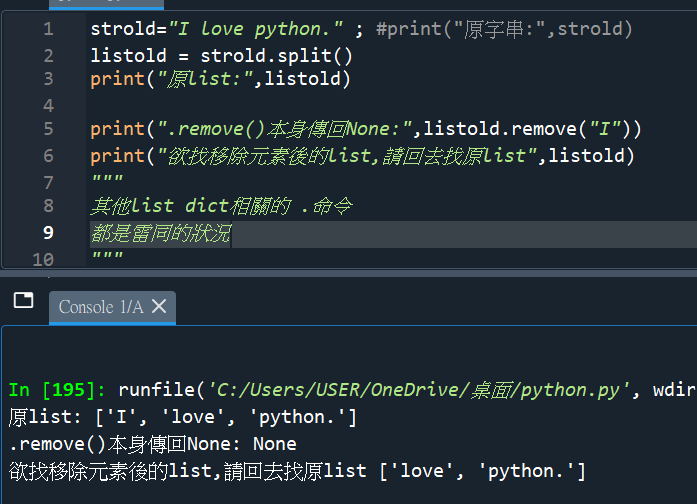









![Python如何做excel的樞紐分析? DataFrame .pivot_table (values=None, index=None, columns=None, aggfunc='mean') ; df.groupby(['A', 'B', 'C'], sort=False)['D'].sum().unstack('C') - 儲蓄保險王](https://savingking.com.tw/wp-content/uploads/2023/03/20230325141855_86-520x245.png)
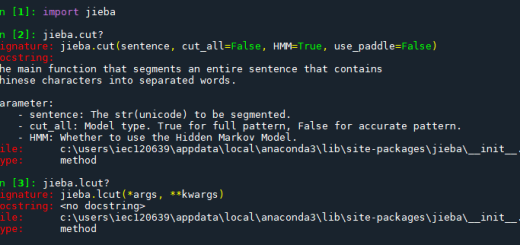
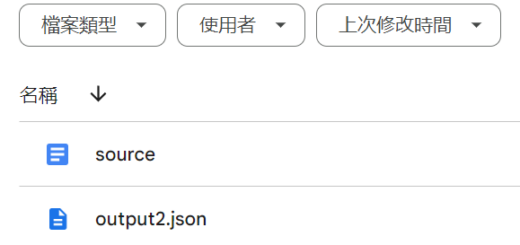
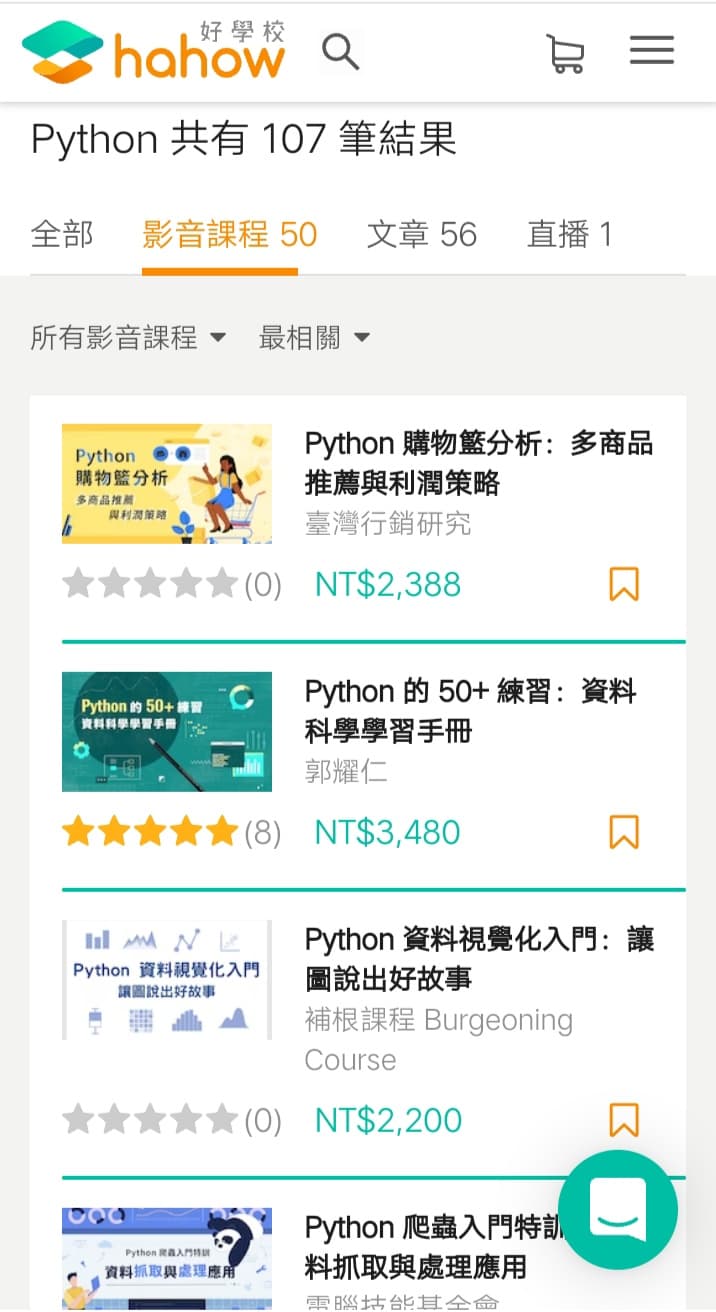
近期留言